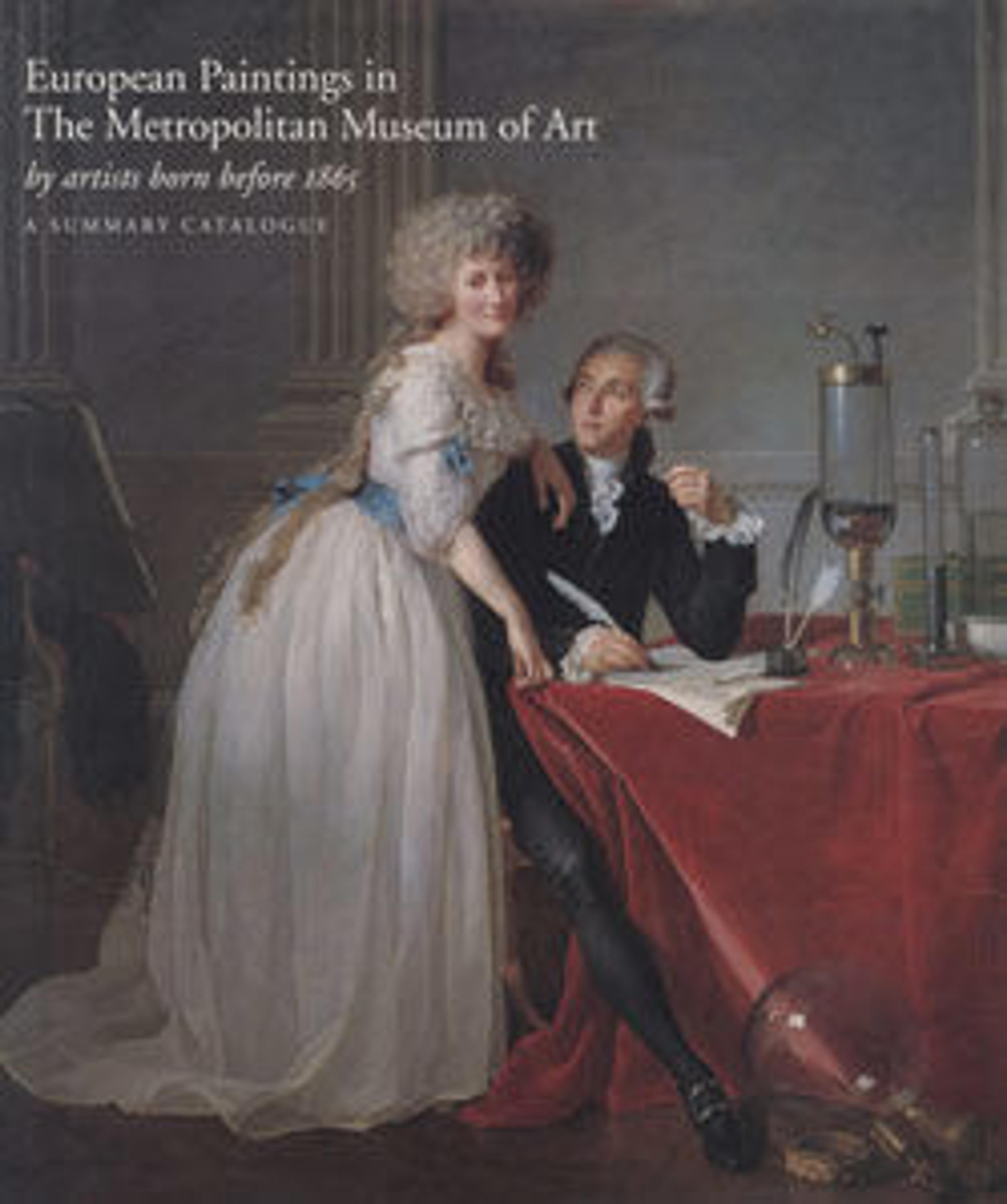Saints Catherine of Alexandria, Barbara, Agatha, and Margaret
Together with two other female saints, these panels were originally stacked in two groups of three, one above the other, to form the piers flanking the main panels of an altarpiece. By this date Giovanni di Paolo’s work must have begun to seem out of step with the naturalism of Renaissance style. For more information about these four paintings, including the other panels of the altarpiece, visit metmuseum.org.
Artwork Details
- Title:Saints Catherine of Alexandria, Barbara, Agatha, and Margaret
- Artist:Giovanni di Paolo (Giovanni di Paolo di Grazia) (Italian, Siena 1398–1482 Siena)
- Date:ca. 1470
- Medium:Tempera on wood, gold ground
- Dimensions:(a) overall 18 3/4 x 6 in. (47.6 x 15.2 cm), painted surface 18 1/4 x 5 1/2 in. (46.4 x 14 cm); (b) overall 18 3/4 x 6 in. (47.6 x 15.2 cm), painted surface 18 3/8 x 5 5/8 in. (46.7 x 14.3 cm); (c) overall 18 3/4 x 6 in. (47.6 x 15.2 cm), painted surface 18 3/8 x 5 3/8 in. (46.7 x 13.7 cm); (d) overall 18 3/4 x 6 in. (47.6 x 15.2 cm), painted surface 18 1/4 x 5 5/8 in. (46.4 x 14.3 cm)
- Classification:Paintings
- Credit Line:The Friedsam Collection, Bequest of Michael Friedsam, 1931
- Object Number:32.100.83a–d
- Curatorial Department: European Paintings
More Artwork
Research Resources
The Met provides unparalleled resources for research and welcomes an international community of students and scholars. The Met's Open Access API is where creators and researchers can connect to the The Met collection. Open Access data and public domain images are available for unrestricted commercial and noncommercial use without permission or fee.
To request images under copyright and other restrictions, please use this Image Request form.
Feedback
We continue to research and examine historical and cultural context for objects in The Met collection. If you have comments or questions about this object record, please contact us using the form below. The Museum looks forward to receiving your comments.
